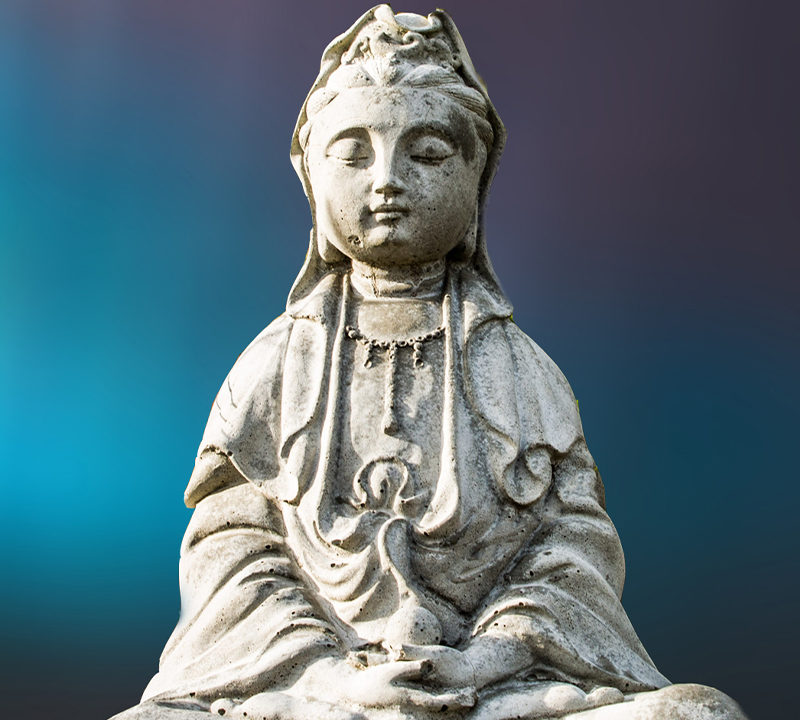
Research Paper
Researchers Involved
Recommended Future Directions
The field of meditation research has experienced tremendous growth in the last decade, with published scientific articles exponentially increasing over the past 10 years. This rapid expansion of the field is due to the efforts of clinicians, theorists, and researchers, all of whom are interested in legitimizing meditation research by secularizing the various practices, translating them into clinically relevant interventions, and examining the effects of meditation on biological outcomes such as brain structure and function, immunity, and stress hormones. This trend is likely to continue given the positive results observed to date.
However, the vast majority of clinical research on meditation focuses on randomized controlled trials for therapeutic applications, while neuroscience research focuses on neural correlates of meditative states, and social science-oriented research focuses on cognitive, mental, and intrapersonal, aspects of meditation. By contrast, almost no research is being conducted on relational, embodied aspects of meditation. Some symposia are sprouting in an attempt to expand the current view (see, for example, this seminar at Harvard) but a concerted organized approach to educate the meditation field is needed.
The practice of meditation is believed to have existed before written history, and was typically situated within a set of religious beliefs and frameworks. Meditation began making inroads into popular Western culture in the 1960s as interest in Eastern philosophies spread. Concurrently, scientific research on meditation, its effects, and its applications began to be conducted in various clinical and academic domains. The growth of research into meditation and the development of new applications incorporating meditation are now growing exponentially. Today’s meditation researchers are investigating and translating the wisdom of the ancients with significant clinical findings in neuroscience, medicine, and psychology. Scientists, health and healing practitioners, educators, and laypeople are discovering the practical benefits of meditation in contemporary culture, such as increases in positive emotions and psychological stability, improved mental clarity, reductions in symptoms of illness, beneficial effects on immunity, brain function, hormonal functioning, and possibly aging, and greater appreciation of the fullness of the life experience.
In an excerpt from the Dalai Lama’s book Contemplative Mind, Hard Science, His Holiness speaks about the importance of research into meditation.
Until recently, scientists believed that after adolescence, the hardware of the human brain becomes relatively unchangeable. But new discoveries in neurobiology have uncovered a remarkable potential for changeability in the human brain even in adults as old as I am. At the Mind and Life Conference in Dharamsala in 2004, I learned of the growing subdiscipline of neuroscience dealing with this question, called “brain plasticity.” This phenomenon suggests to me that traits that were assumed to be fixed – such as personality, disposition, even moods – are not permanent and that mental exercises or changes in the environment can affect these traits. Already experiments have shown that experienced meditators have more activity in the left frontal lobe, the part of the brain associated with positive emotions such as happiness, joy, and contentment.
These findings imply that happiness is something we can cultivate deliberately through mental training that affects the brain. [T]he Buddha himself argued that if one wishes to avoid certain types of results, one needs to change the conditions that give rise to them. So if one changes the conditions of one’s state of mind (which normally gives rise to particular habitual patterns of mental activity), one can change the traits of one’s consciousness and the resulting attitudes and emotions.”
In addition to the neuroscience of meditation, our research at IONS has identified meditation as one of the key practices for cultivating positive transformations in consciousness – the kinds that involve fundamental shifts in worldviews and ways of being that affect every aspect of daily life. In addition to regulating emotion, cultivating cognitive stability, and “training the brain,” meditation is viewed by many people as much more: a pathway toward self-transcendence, direct experience of an interconnected whole, awakening, liberation from suffering. We are also interested at IONS in investigating the ways that meditation may cultivate extended human capacities.

